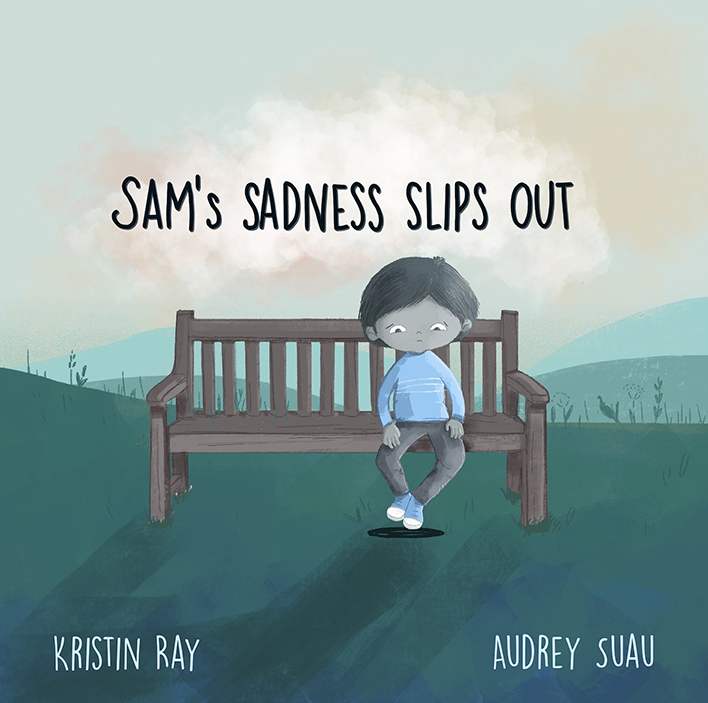by Isabel Doshi

“I love how storytelling and sharing stories can help children to develop their identity and their emotional intelligence and to support social-emotional learning,” Kristin Ray said.
Ray, associate professor of pediatrics, School of Medicine, wrote a children’s book, “Sam’s Sadness Slips Out,” published on July 12. The book aims to help children from preschool through early elementary school process intense emotions, such as grief, loss and sadness. Written in rhyming couplets, the book is intended to help spark meaningful dialogue between children and adults in their lives.
Ray began writing the book in 2010 but shelved the idea for a decade. She returned to it with fresh eyes and connected with the book’s illustrator, Audrey Suau. Ray’s inspiration for the book came from her work as a pediatrician, where she often sees children experiencing sadness and grief. She said she wanted “to hold space for the enormity of feelings” children have and to allow them “to develop a curiosity about their feelings.”
By illustrating how the main character, Sam, copes with his sadness, the book provides multiple strategies for children experiencing big feelings. Children can apply these techniques to support themselves and their peers.
Ray said that the character “finds some relief from his sadness through some creative endeavors and at times through being active and at times through being quiet. My hope is that [the book] could also support classroom discussions about what people may need when they’re sad and what a child might need themselves and what their friends might need, and how that could differ for different people and at different times.”
Ray said some of the best ways caregivers can support children experiencing sadness or grief is to listen and give space. This book provides an avenue for both. She also noted that having patience and emphasizing how the parents love the child during all emotional states is critical to creating a supportive relationship.
The format of a picture book allows time to pause while reading to reflect on the images, which become “little vignettes that spark a conversation,” allowing children to feel not alone in their feelings.
“One thing I love about picture books, in particular, is that because they're shorter, people can come back to them again and again, and kids can eventually go to them and bring them over to their person, depending on what they need to hear in a moment,” Ray said.

The book is available in both physical and e-book format.
